"O.M.O Project" to learn and protect the history of art.
The Artist featured this month:
John Singleton Copley
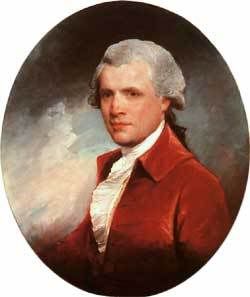
(circa July 3, 1738 – September 9. 1815)
a Boston-born American artist of the colonial period, famous for his portraits of important figures in colonial New England, particularly men and women of the middle class. His portraits were innovative in that they tended to portray their subjects with artifacts that were indicative of their lives.
John Singleton Copley was the son of an Irish immigrant named Richard Copley and his wife Mary Singleton Copley. His parents owned and ran a tobacco shop in Boston. By 1748, Richard Copley had died, though the exact date of this is also unknown, but on May 22, 1748, Mary Copley married Peter Pelham, an engraver and teacher, and moved with her son to a quieter and more respectable part of Boston. John Singleton Copley was only about 13 years old in 1751 when his stepfather, Peter Pelham, died.
In 1774, Copley migrated to England to continue painting there. He moved on to Paris, Genoa before returning to London nine months later.
and Rome
He began to specialize in historical narrative scenes which are sometimes dismissed by critics as lacking the vibrancy of his earlier portraits and joined the influential artistic institution, The Royal Academy of Art. Copley demonstrated a genius, in both his American and British periods, for rendering surface textures and capturing emotional immediacy. He died in London in 1815.
The Boy with the Squirrel (1765)
Samuel Adams (1772)
Paul Revere (1770)
Mr. and Mrs. Thomas Mifflin (Sarah Morris) (1773)
Nicholas Boylston (1767)
Mrs John Winthrop (1773)
Watson and the Shark (1778)
Portrait of the Copley family (1776)


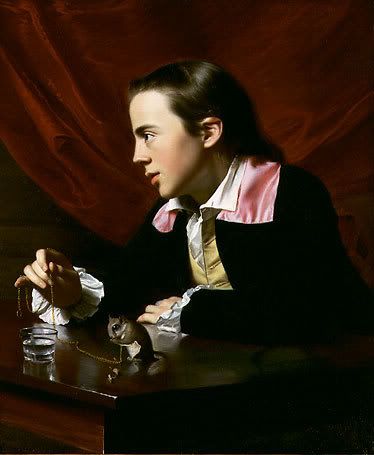
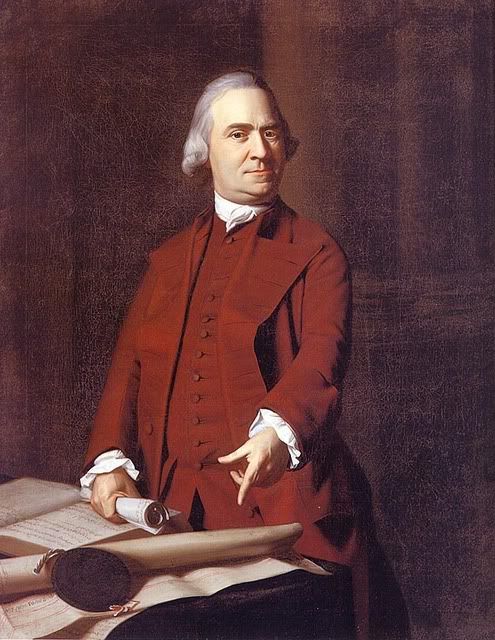
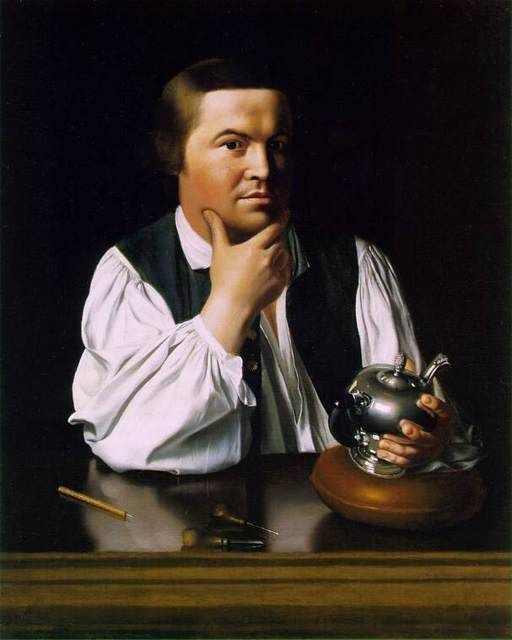
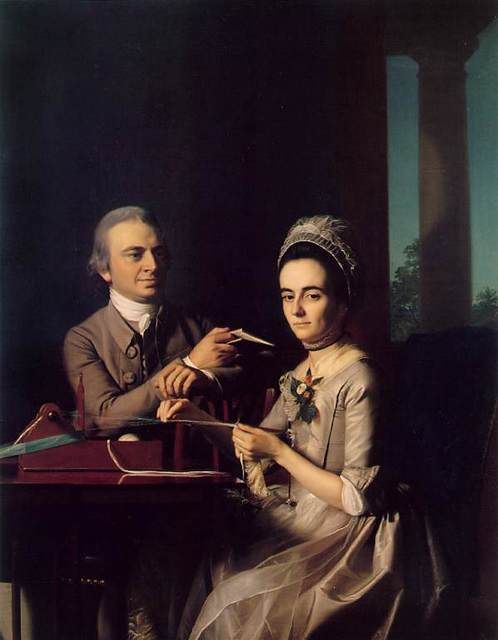


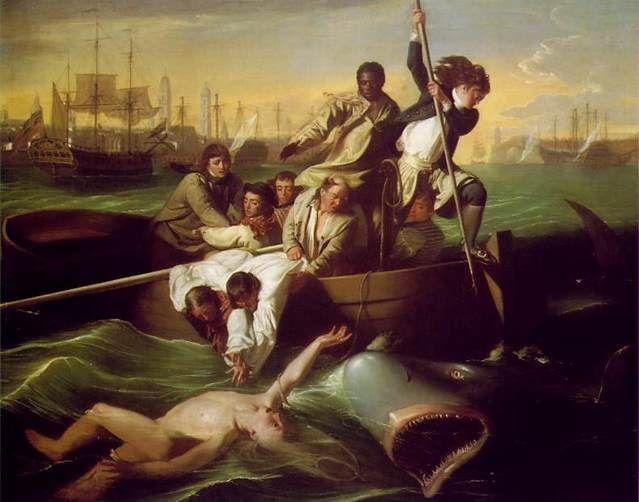
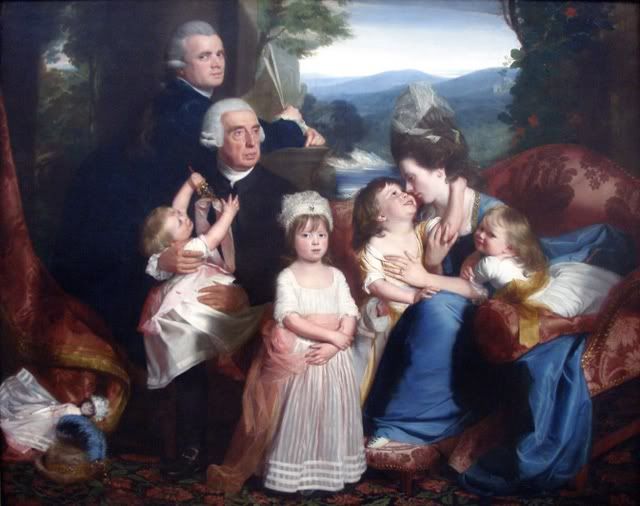
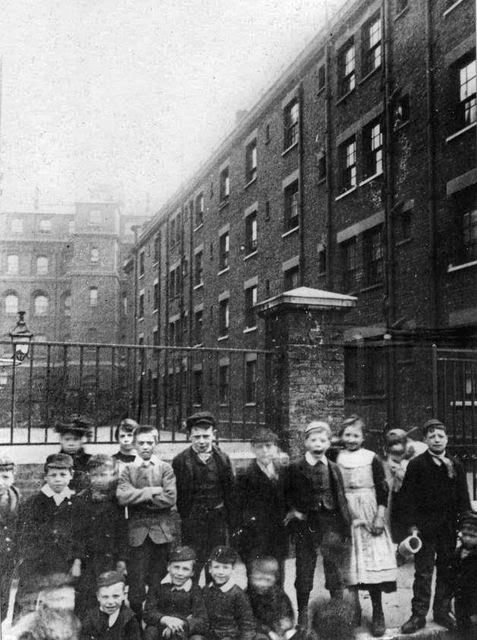
No comments:
Post a Comment